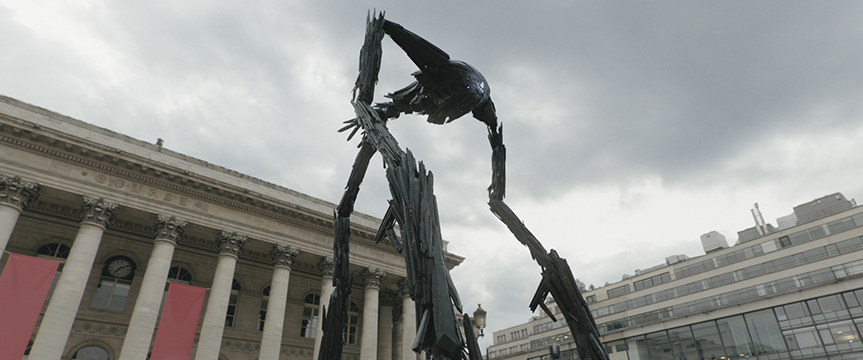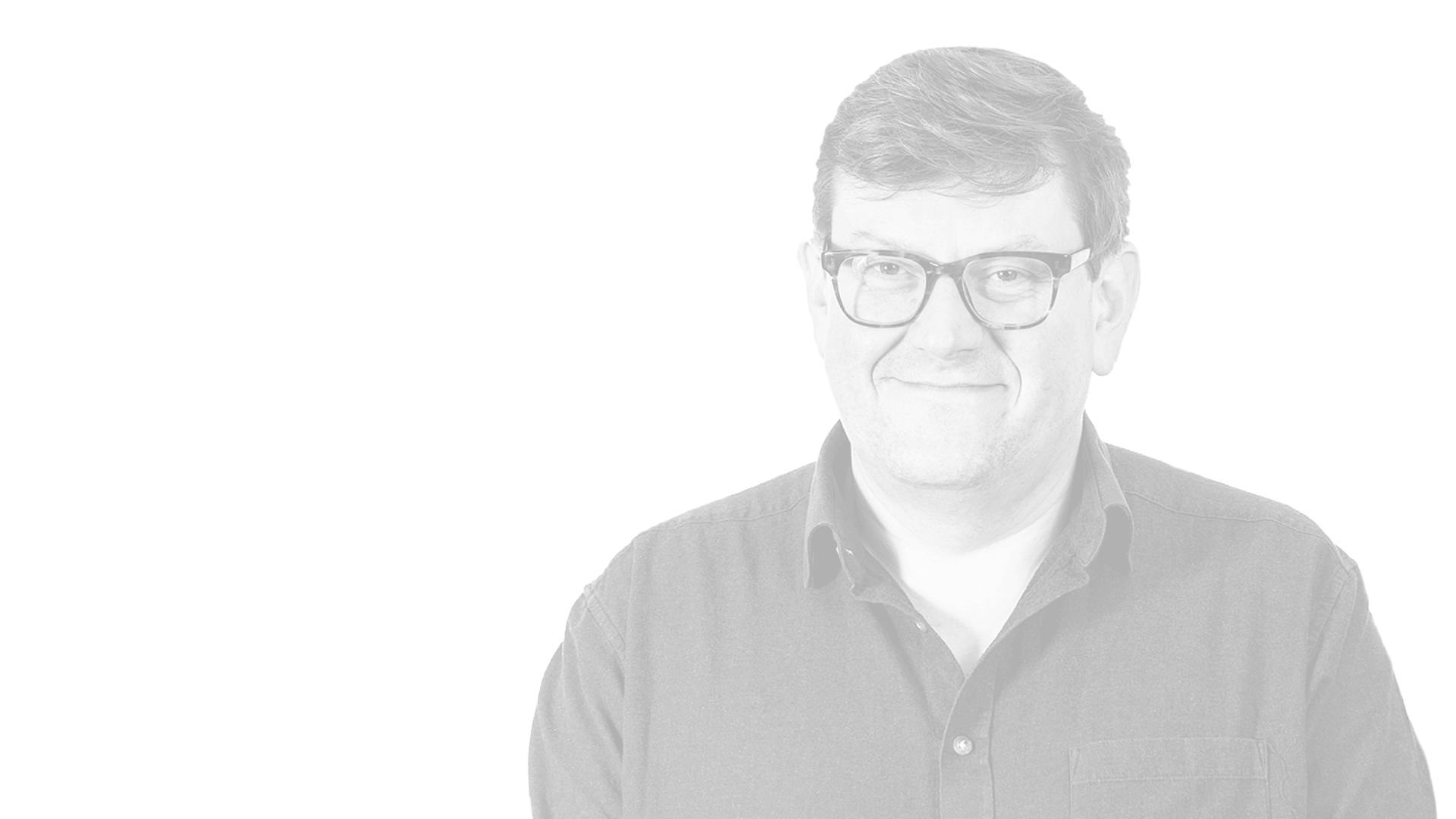How to plan the CG elements for your TV show

Welcome back to another blog in our TV VFX for Dummies series. We’re taking a look at the wide world of visual effects, demystifying the scene, breaking down the jargon, and making the process that little bit more approachable. In today’s piece, we’re looking at how to approach the planning of your CGI elements…
The quality of your CGI work will make or break your production. Poor CGI can take a viewer out of the experience, leaving them with a less than favourable view on your show. You don’t want it to become a forgotten piece of media or the joke of the week on Twitter.
A large aspect of creating high-quality CGI assets is planning their integration into the plates you are shooting effectively. We’ve talked about the CG process before in broad strokes. But whether you’re planning to create a CGI hard-bodied asset such as a plane, tank, or car, or something more ambitious and central to your story like a CGI animal or creature, planning how they will be used in your final project from the earliest stages is crucial.
Planning your CGI assets
The entire CG process is a long and complicated one with plenty of technical jargon. But today we’re going to focus on some specific elements that need completing in the early stages of the project.
Creating your characters
This stage is all about developing the overall look for your creature or the world you are trying to create.
If you are creating a creature, you will need to start by visualising how the creature is described in the script. If you are working on a creature or character from a well known book or story, there may be pre-existing ideas of what the creature will look like. In this case you will be working to develop something based on the clients existing ideas for the creature.
If there are no existing drawings of the creature, or you are working on an original series you will be collaborating with your clients Showrunners, Producers, Writers and Production Designers to help create something that works for the story and the aesthetic of the show. The creative team will need a concept of what the creature looks like and how it might behave in a scene before they commit to filming. Ideally you do this work in pre-production, when your clients creative team have time to give feedback on your design work.
One of the first things you need to do is lay out some initial character designs in concept art. These sketches help visualise the character or creature you are trying to create. If you are creating a mythical creature of some kind, such as a Dragon or Elf, it is often also helpful to assemble mood boards with reference images of other Dragons or Elfs from other series or films to help inform the design process. Clients will often want to steer away from designs that already exist and reference images can help the VFX studio refine the design approach for the creature. You need to explore different options to find something that matches the overall tone and vision of the creative leads of the production.
Ultimately, it will come down to the showrunner, producers, writers and director or production designer to feedback on these early designs to start shaping what the final creature or character will look like. In feature film work, you will be driven by the production’s own concept artists and designers, whereas in episodic television, a VFX studio’s own creative teams can collaborate with the production’s in-house creative teams to develop creature and character ideas.
Once you have a creature concept your client is happy with, you can move on to creating a 3D sculpt of the character.
Creating your environments
When creating environments, you will often have to create a completely different ‘world’. This could be a medieval village full of magic or a futuristic cyber-punk city. If it’s based on an already-established book series, it might even be somewhere the audience is familiar with.
When developing ideas for different ‘worlds’ it can be very helpful to create concept sketches to visualise any environments you want to create. Again as with creature work, it can be helpful to create mood boards with reference images for what the ‘world’ might look like. Thse can help to clarify design and tone. Often the clients creative team will have reference images and ideas of their own. However they will also be looking to their VFX studio to help visualise the ‘world’ and create it. It is a collaborative process and in episodic TV, clients will tend to lean more creatively on their VFX studio to generate ideas. In feature film production, there tends to be more early design work led by the production.
When you are designing these worlds, you need to think about the entire geography of the city or town and work out where all the different locations are that feature in the scripts. This mapping out of the ‘world’ of your story will help you plan what 3D elements you will need to build and what areas will remain unseen.
If you have a big budget, you will want to see the whole city or town. But if you have budget restrictions, you may only be able to show the key places most relevant to the story. In almost all cases you will want an ‘establisher’ to reveal the environment, but a consideration for making these work is to include characters from your story.
Once you have created some sketches and reference images that meeting your client creative teams approval, you can start to move onto creating 3D environment work to create mock-ups of environments based on approved concept sketches. These can be based on pre-built library stock assets, such Kitbash3D.
If you are working at a higher budget level, tools like Houdini can be used to ‘procedurally’ create whole cities and environments. Houdini can ‘learn’ how to create buildings and props (based on parameters set by a VFX artist) and replicate these buildings and props and place them randomly into cityscapes. It’s for this reason that studio movies increasingly use Houdini to create the worlds they are building – whether they are mythical like Disney’s recent remake of Aladdin, or photo-real, like the depiction of a photo real Philadelphia for a flying fight sequence in Shazam. Both cities and all the related props were creating using Houdini.
Previsualisation
Commonly referred to as simply ‘previs’, this is where you start to see how the asset you are creating will look and move in the final series or film. This is usualy in a full CGI space – with the characters and environment all in greyscale. Previs is commonly used in animation and feature film production, but as high end tv budgets have risen, it also been used in episodic television.
Previs can be a useful tool to help budget and schedule more efficiently. It can be an expensive tool, so it is often best to pick key set piece sequences that are at a budget level that justify the cost. It can also be helpful to create 2D storyboards or animated storyboards of these sequences ahead of commissioning the previs to really determine the visual approach, camera moves and overall shot count of the previs being created.
Previs is a where you can run through several important questions that will affect the final look of the asset or creature you are creating. How big will it look in frame? How quickly will it move? If it is an asset on its own, how does it fit with the world? If it is a CGI crowd member, how will it look when you have 10, 50, or even 100 people?
This won’t be the final look as more work will need to be done on the asset, but you can start to see the visuals come together. At this point, you likely won’t be able to see them in the exact scene as it will be in the finished production. That step comes next.
Postvisualisation
When you have your actual footage, the postvis process will give you a brief look at how the assets and film blend together. Basic grayscale, untextured models can be put onto your actual plates so producers, directors, and executives understand how the asset will behave in a scene.
This is an important part of the process if the asset in question is a key component of the production, as with the tripods in War of the Worlds. Regardless, it is still important to know how the VFX will behave in a shot.
Whether this is a large asset like an alien or something as subtle as the fog or smoke that surrounds a scene, it is crucial you can conceptualise how this will interact with the characters in your story.
CG is so pervasive in TV production today that it can’t be avoided. If you want good-quality VFX work, you need to plan ahead. No matter how subtle it is, it still needs planning and still needs an expert opinion.
If you need CG assets for your TV production, consider REALTIME. Our team are experts on the topic and are more than happy to guide you through the entire process. If you would like to hear more, get in touch with me at [email protected].


